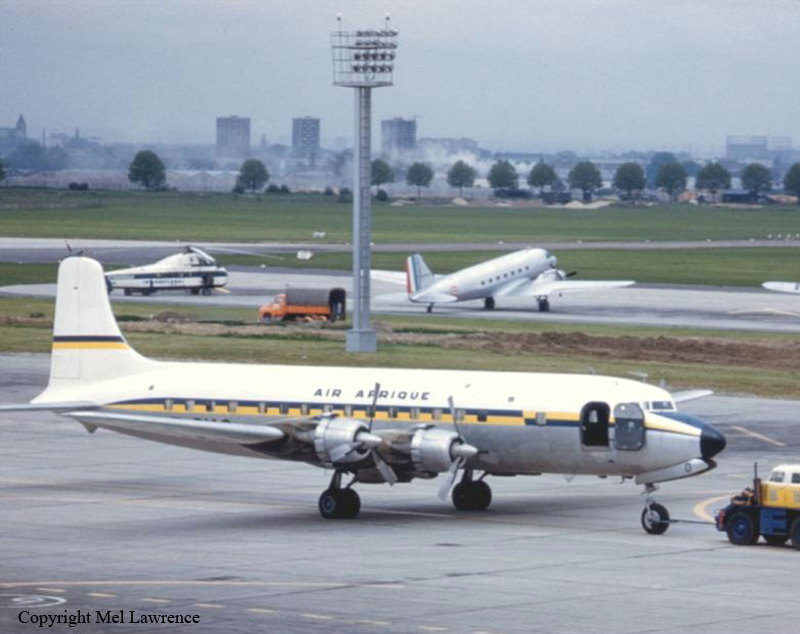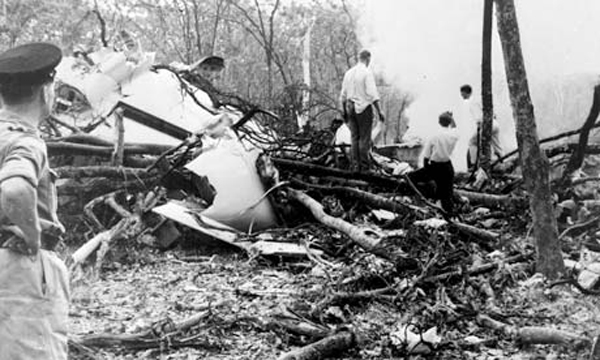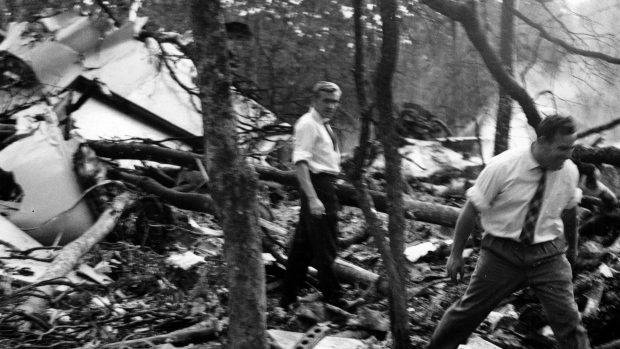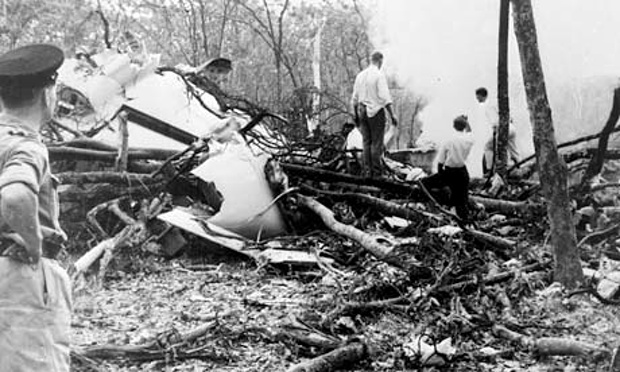Crash of a Douglas DC-6A on Mt Rainier: 5 killed
Date & Time:
Apr 23, 1965 at 1423 LT
Registration:
N6541C
Survivors:
No
Schedule:
Seattle – Ogden-Hill
MSN:
45369/984
YOM:
1958
Flight number:
AAX1422A
Crew on board:
5
Crew fatalities:
Pax on board:
0
Pax fatalities:
Other fatalities:
Total fatalities:
5
Captain / Total hours on type:
4088.00
Copilot / Total hours on type:
5214
Aircraft flight hours:
18315
Circumstances:
On April 23, 1965, at 1423 P.s.t., an AAXICO Airlines, Inc., Douglas DC-6A, N6541C, crashed on the west slope of Mt. Rainier, Washington. The accident site was 40.2 nautical miles southeast of the Seattle ‘VORTAC, on the 125° radial, at an elevation of 10,200 feet m.s.l. The aircraft was being operated as Logair Flight 1422A, on a Visual Flight Rules (VFR) flight from Boeing Field, Seattle, Washington, to Hill Air Force Base (AFB), Utah. All five crew members received fatal injuries as a result of the crash. The flight was attempting to obtain an Instrument Flight Rules (IFR) clearance when it struck the snow covered glacier. The aircraft was destroyed by impact. There was no fire.
Probable cause:
The Board determines that the probable cause of this accident was the improper correlation of the aircraft position with respect to obstructing terrain while continuing the flight on a VFR flight plan in instrument weather conditions.
Final Report:























